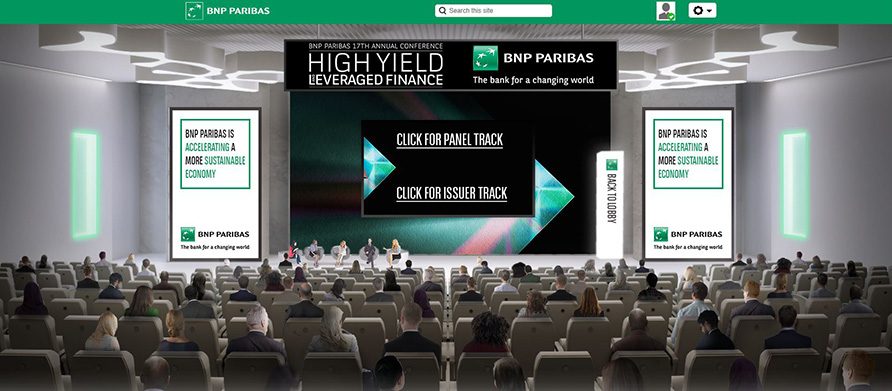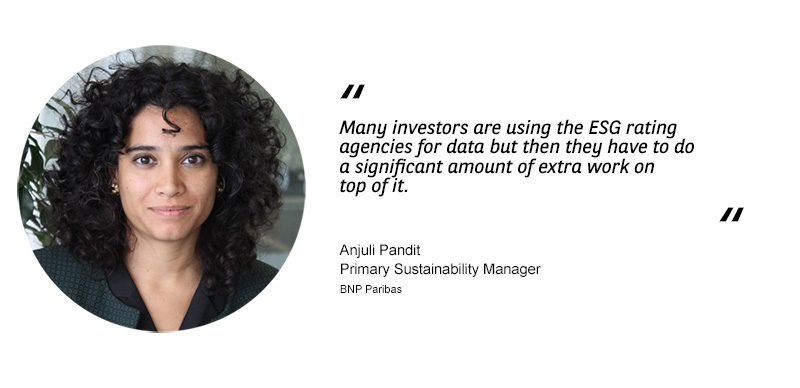HY bond yields have now recovered back to virtually the same levels as a year ago (3.25% this January), however investor interest remains strong in an environment where investment-grade yields are on average just 0.25%.
|
A Positive Outlook for Primary Markets in 2021 Three key takeaways from the conference:
“It was evident throughout the conference that investor consensus is optimistic towards 2021 leveraged credit returns” – Stanford Hartman, Head of High Yield and Leveraged Loan Syndicate, BNP Paribas |
Normalisation – now or when?
What happens to the different kinds of companies in the high yield space will depend largely on the extent of market “normalisation”. Participants in the conference tended to divide sectors and companies between those that resisted or even benefited from the pandemic, and those that suffered from it, like travel and leisure. Covid-resilient companies had a big year in 2020, whereas the Covid-sensitive ones will only benefit once some kind of normalisation takes place – though participants at the conference stressed the necessity for granular analysis, as not all credits within a sector will be affected in the same way. The question is: when will things really return to normal and what will the ‘new normal’ look like?With vaccinations generally expected to bring herd immunity and thus normalisation in the second half of the year, 2021 could see one of the biggest positive demand shocks in history, with a “V-plus” shaped recovery and “back-to-work” type stocks outperforming “stay-at-home” ones, according to research from Exane BNP Paribas. Consumers who saved through the lockdowns will return to gorge on areas such as leisure. In the US, consumers have saved $2.5 trillion and with more stimulus to come, they will get spending. China was cited as a template for this V-plus shaped recovery, reflected in almost every consumer spending sector.
When – and if – normalisation happens, for high yield issuers and investors there remains the question of what this will look like. Sector specialists pored over questions such as whether people will return to shops and offices, and whether cinema has had its day in light of the significant increases in subscriptions to streaming services.
Virtual transactions
One positive outcome of the Covid-19 crisis has been the huge progress in taking transaction processes “virtual”, which adds flexibility and saves time, allowing more investment decision-makers to meet corporate management teams and bringing people across the world together instantaneously.The typical IPO timeframe, for example, can be accelerated by at least three weeks, according to ECM specialists from BNP Paribas. A template for accelerated virtual IPOs was provided by JDE Peet, the world’s largest coffee and tea group by revenue, with its large IPO in May 2020: this was the first ever €1 billion+ IPO to be executed virtually, with the fastest-ever book build for an IPO of this size. The virtual roadshow took just three days compared to the usual physical two weeks.

SPACs – a trend to watch out for
Special-purpose acquisition companies (SPACs) – companies formed to raise capital through an IPO for the purpose of acquiring other companies – are currently widely debated, including in the high yield space, both by corporate clients targeted by them and, increasingly, by potential SPAC sponsors interested in tapping this new market. SPACs are considered either as an M&A tool or a listing one – a way to use a synthetic process to back into an IPO. Last year in the US, 200 SPACs raised about $64 billion – as much as the actual IPO market – and many transactions are priced for 2021. In Europe, where the investor base is not yet so deep, December 2020 saw the high-profile €300 million listing of 2MX Organic, whose ambition is vertical integration of Europe’s organic food markets. This could be the first of many such listings and an enduring trend in Europe over the next few years, adding to the considerable firepower of private equity sponsors.
ESG going mainstream in HY – more data soon?
Covid-19 has put a spotlight on financing and investing – and a recovery – linked to environmental, social and governance (ESG) issues. The integration of ESG into the Private Equity and HY and leveraged finance space has continued, and even accelerated, through the pandemic, and interest has permeated as far as collateralised loan obligations (CLO) investors.Key to the growth of ESG structures in this space is companies’ gathering and provision of data. Many HY issuers and leveraged loan borrowers are smaller companies with fewer resources to dedicate to ESG data. However, the combination of new regulations in the EU, investor demand and the potential for cheaper financing thanks to ESG provisions should mean that such data becomes increasingly available over the next couple of years.
On the asset manager side too, adequate resources are needed to track data. Third-party ESG reports are necessary but not adequate, according to asset manager participants at the conference, who stressed the importance of an in-house, tailored and forward-looking approach to ESG data analysis.

The future is looking bright for ESG in HY and leveraged finance, which can benefit from the learnings of ESG structures in the investment grade space. With the arrival of a younger generation of investors, who want to deploy capital to positive effect, HY is especially ready to benefit as it is one of the few pockets of fixed income where positive income can still be assured.
